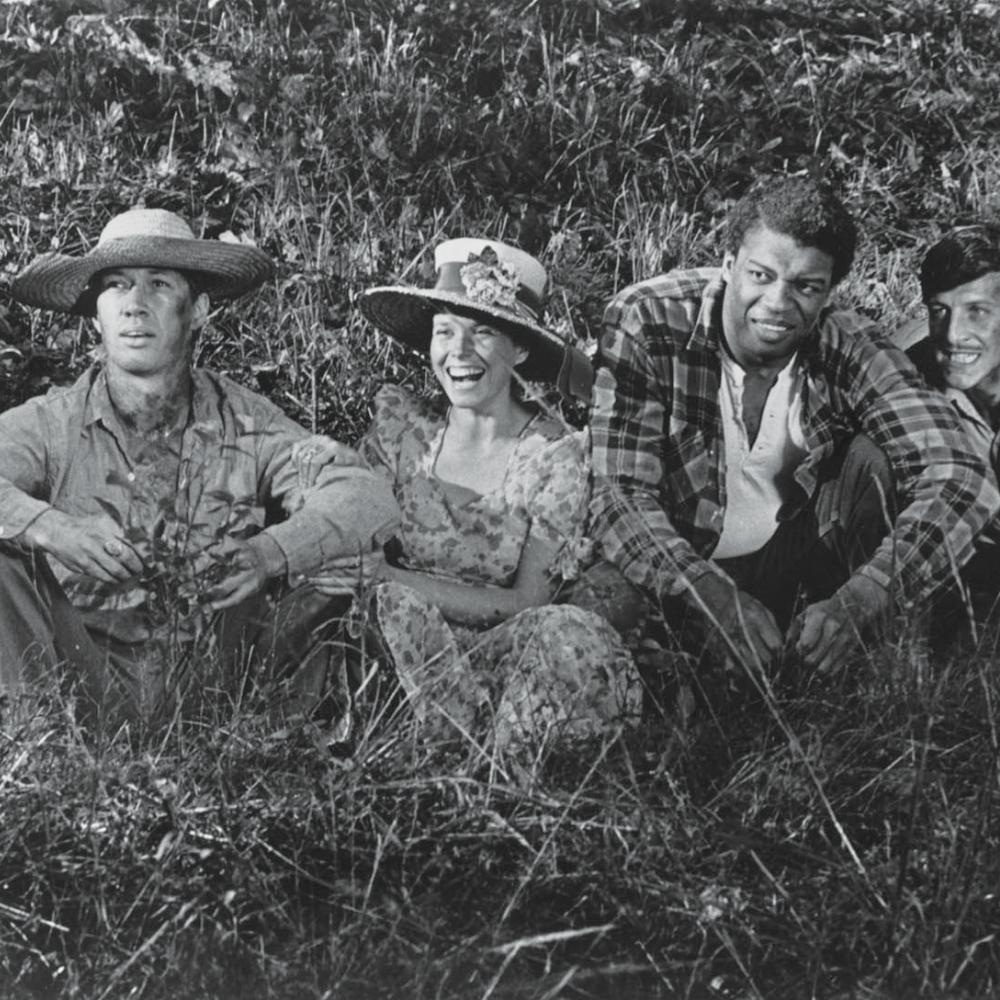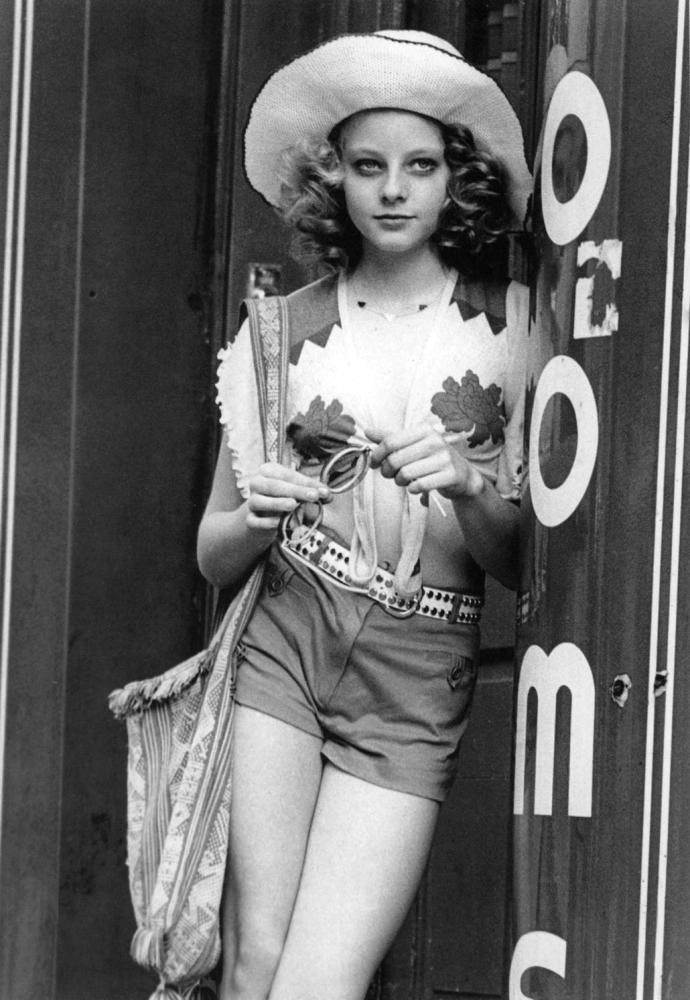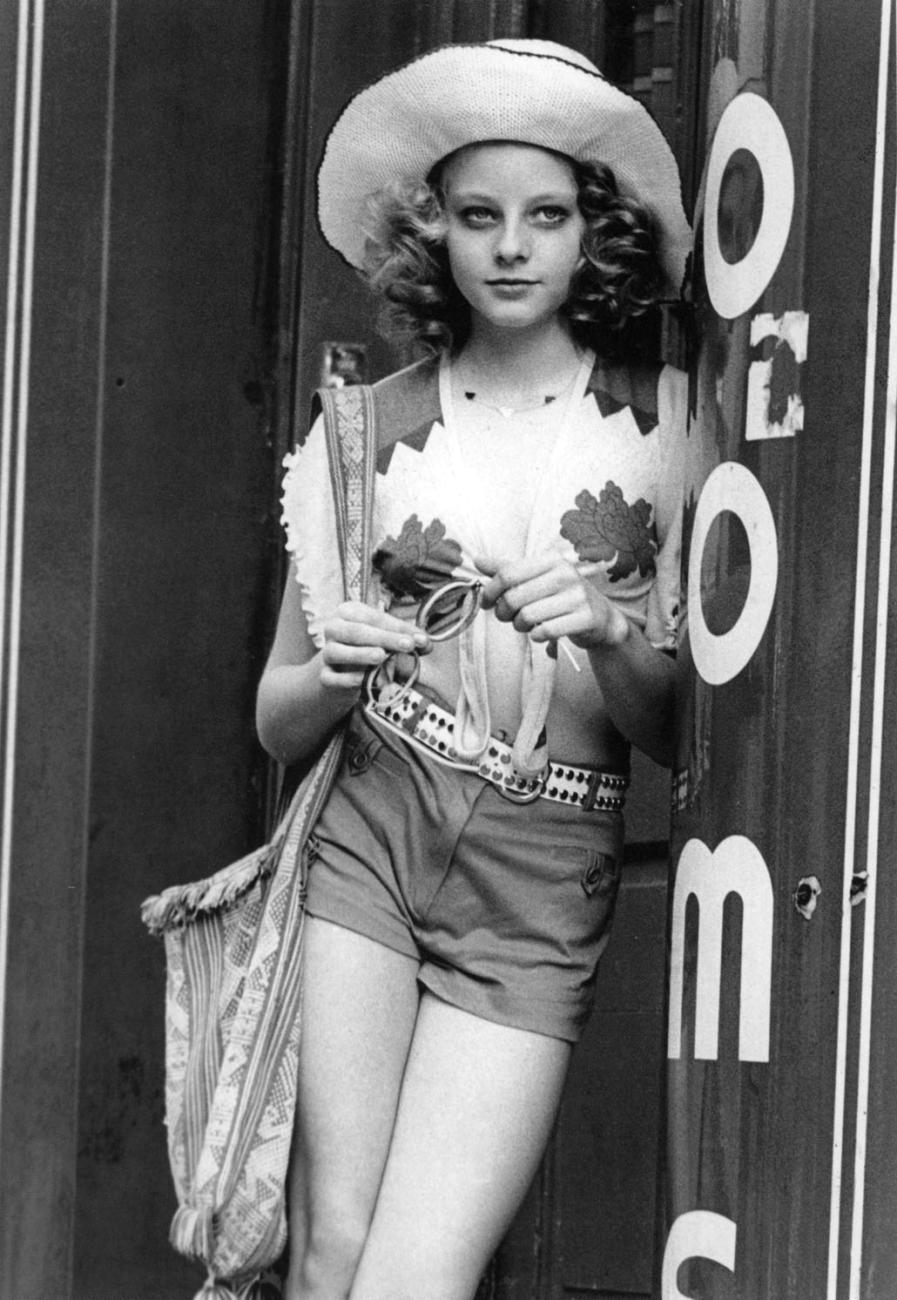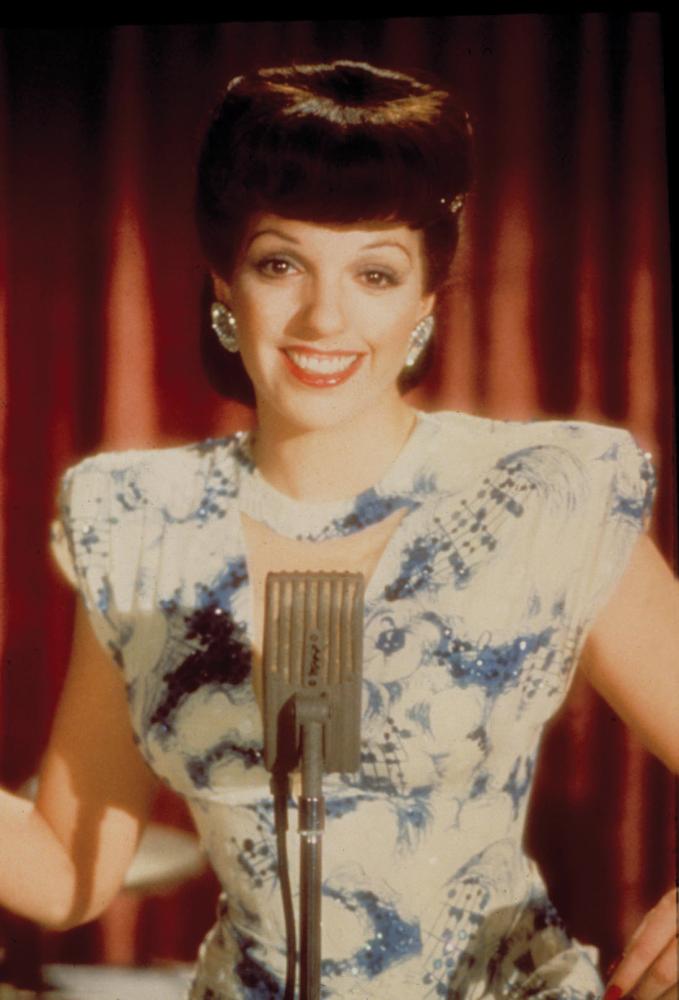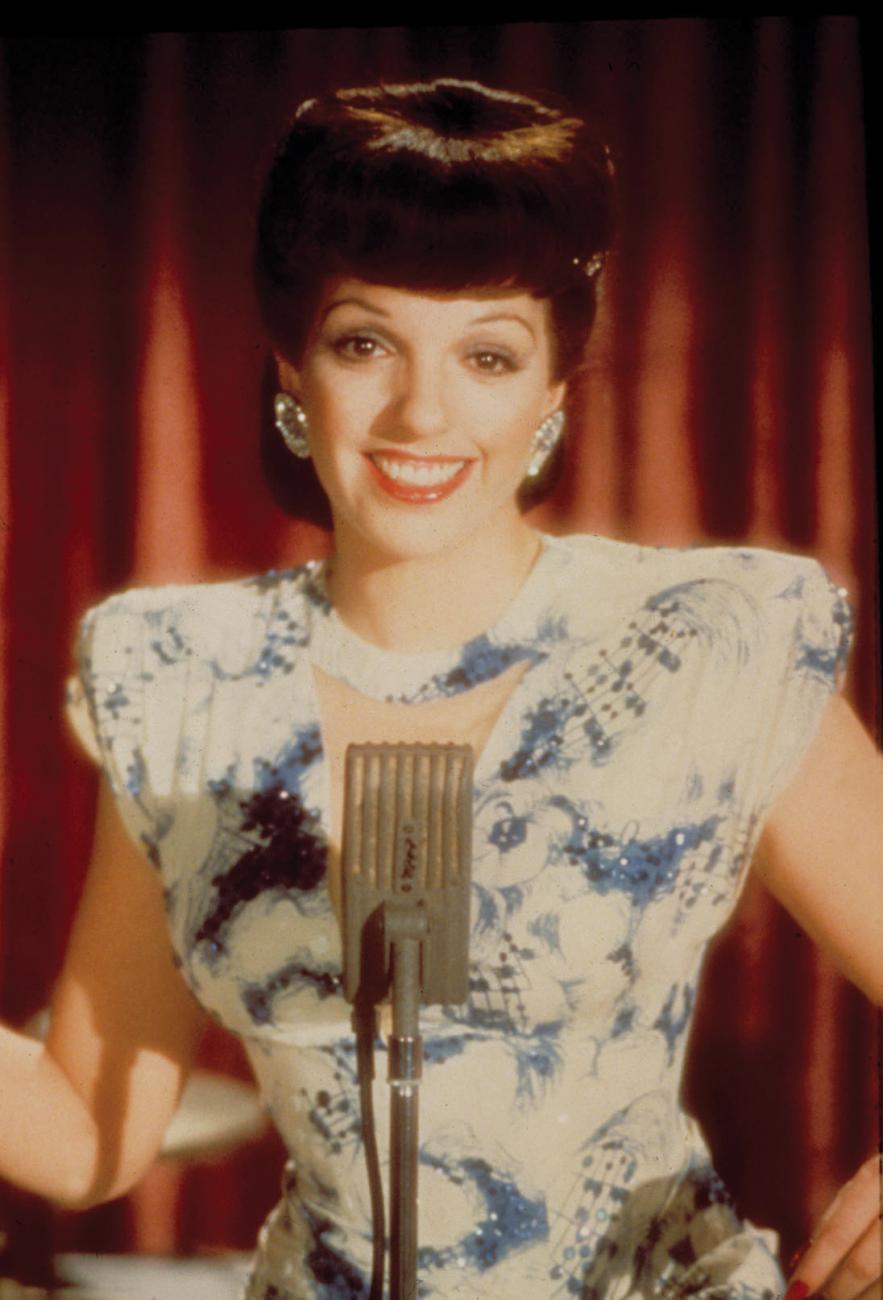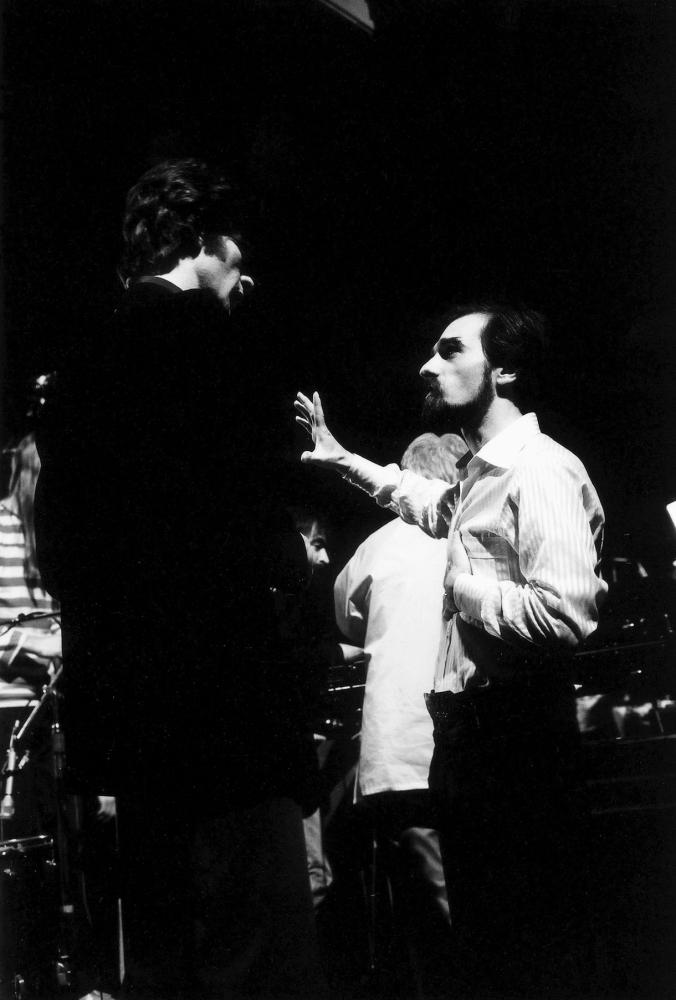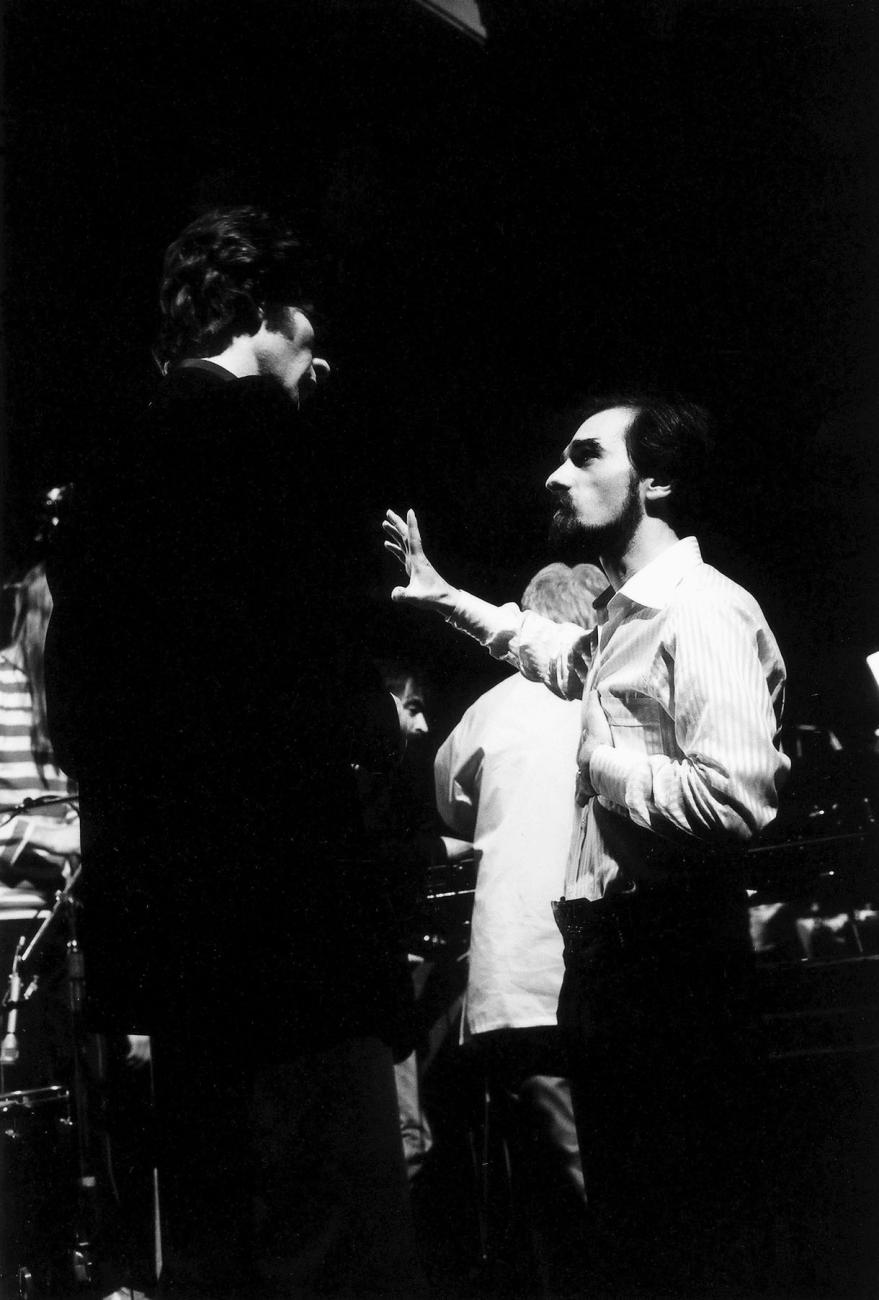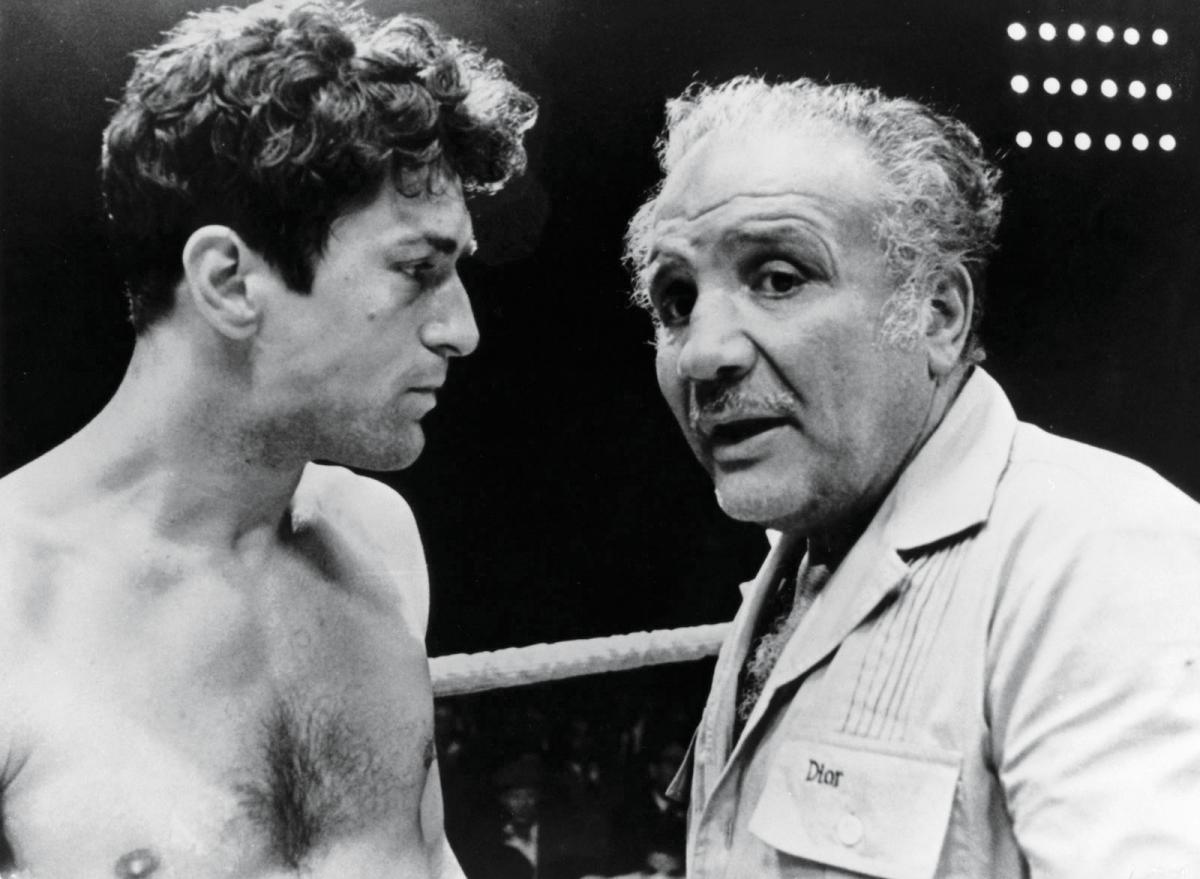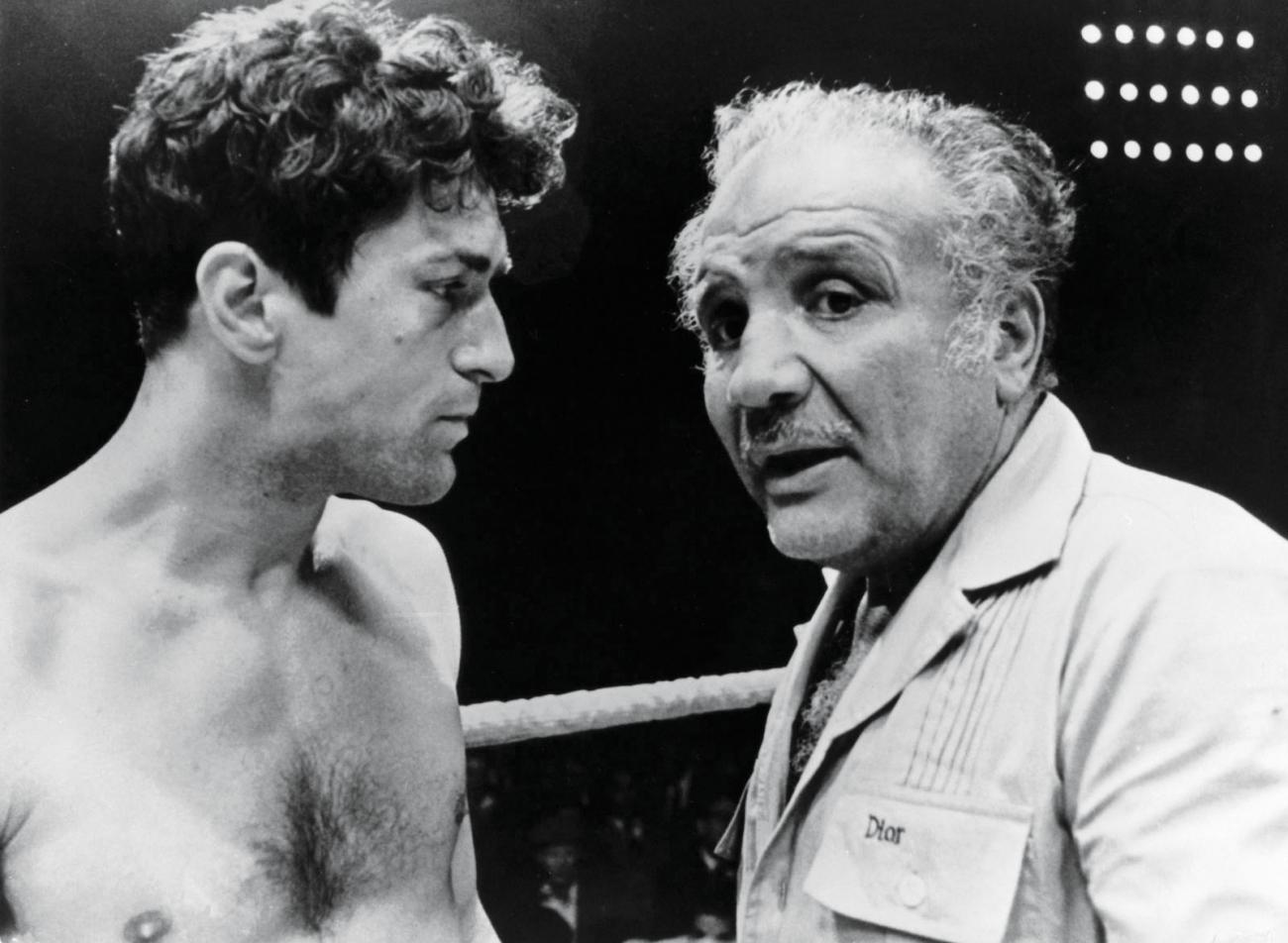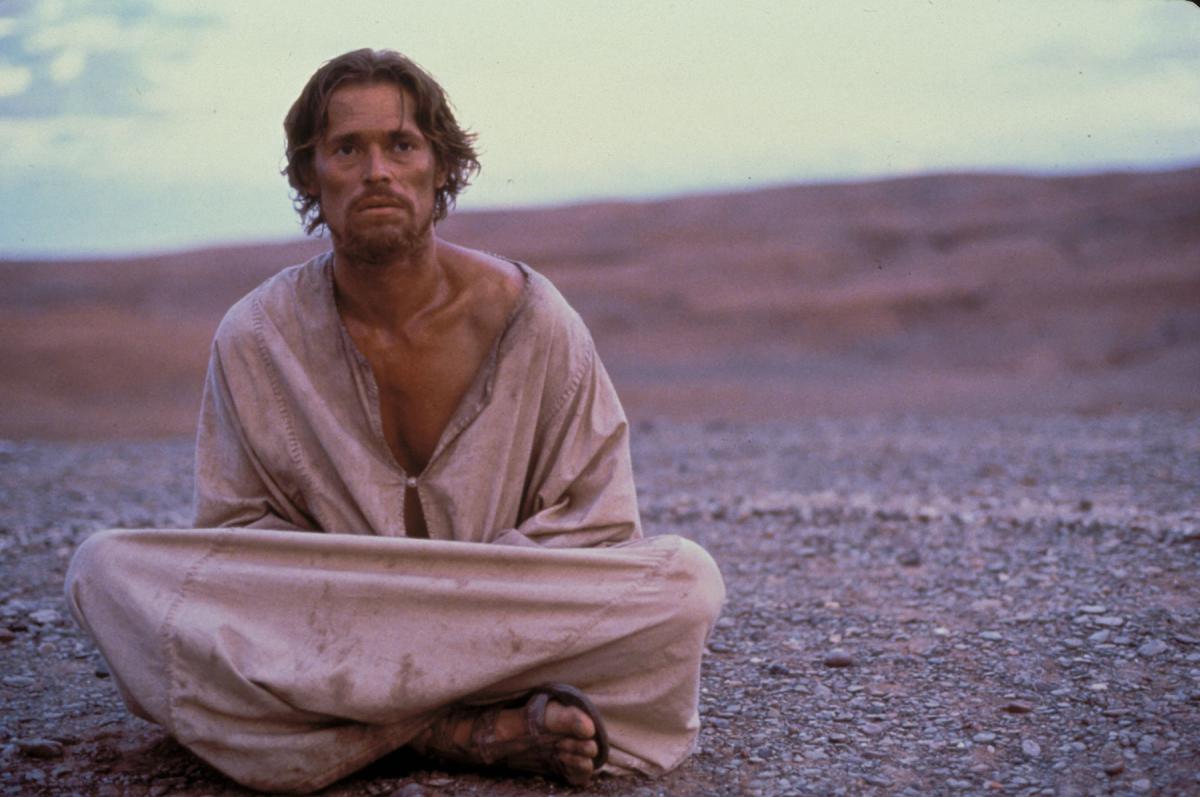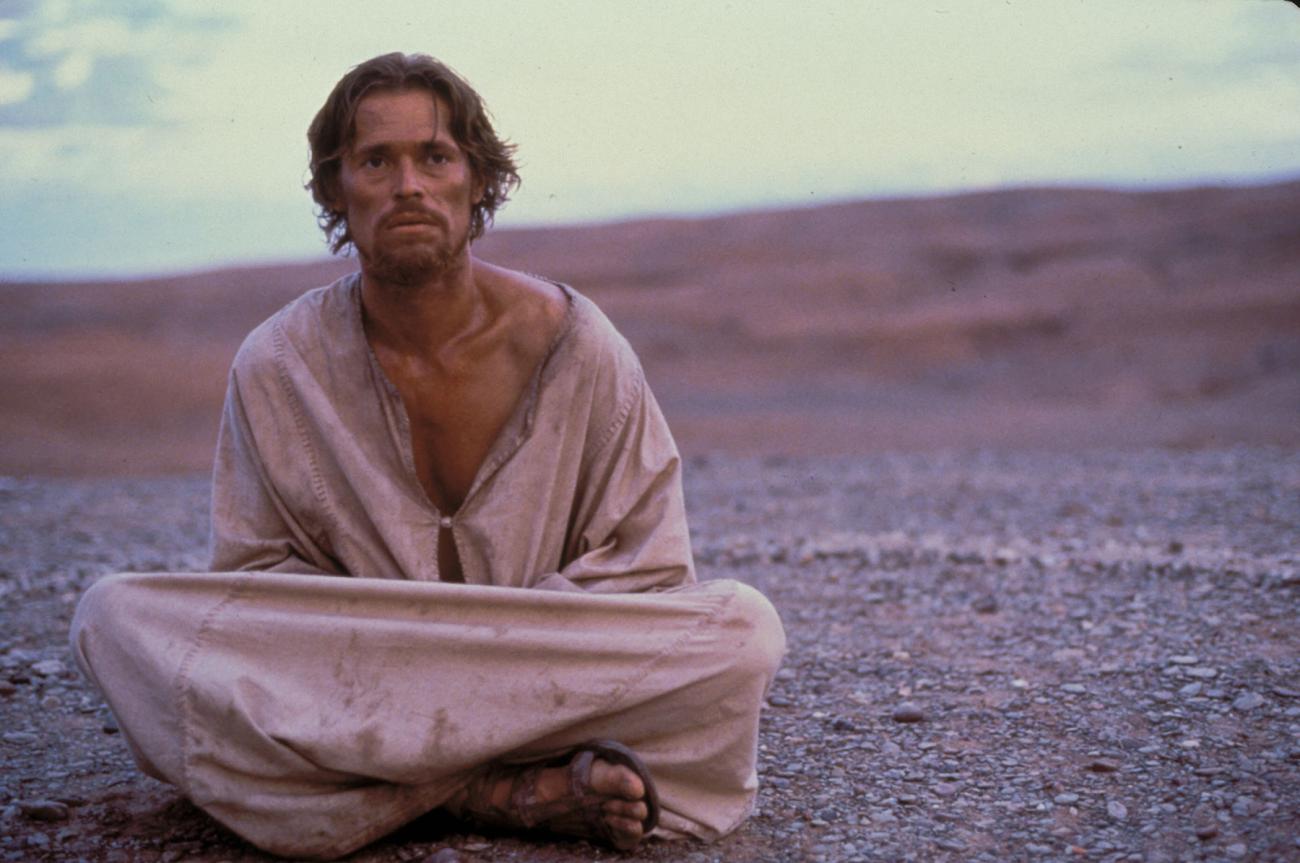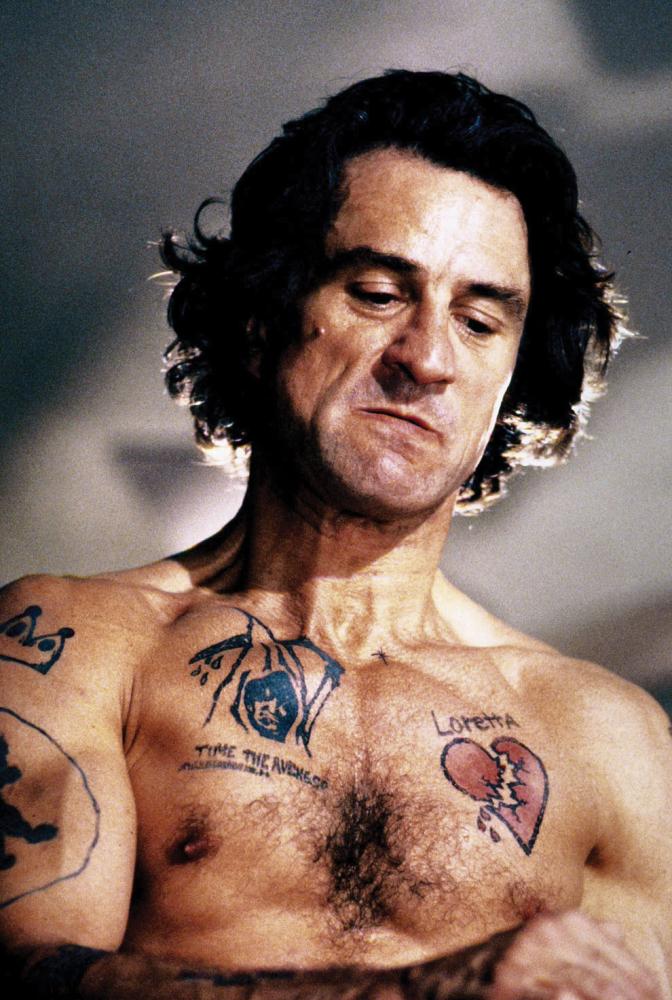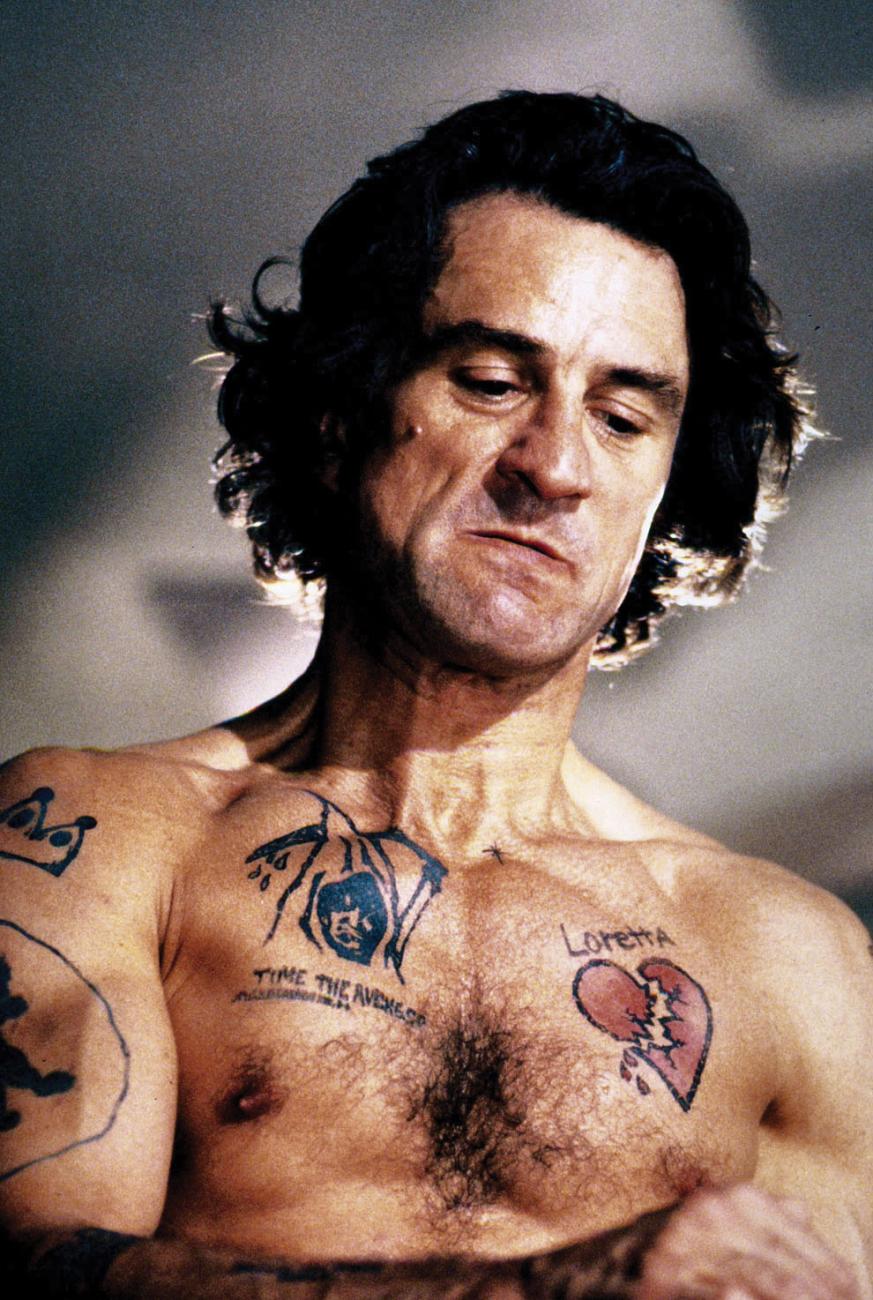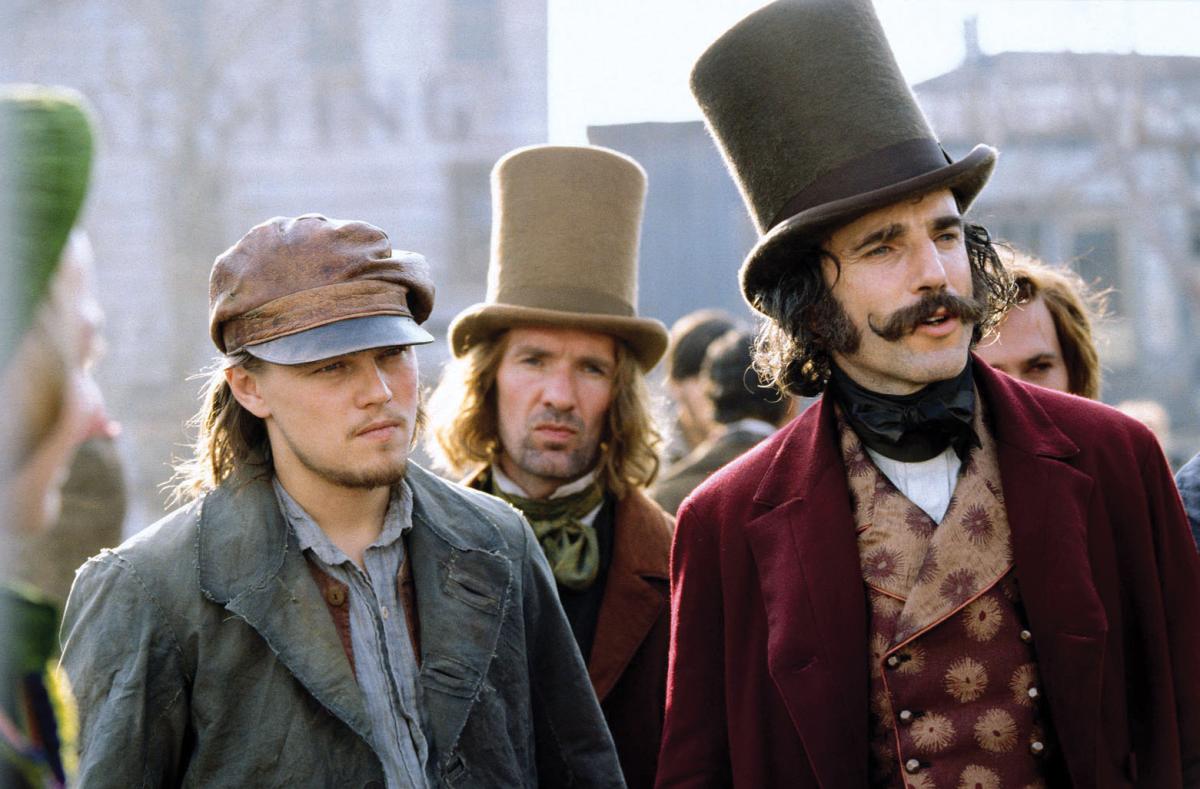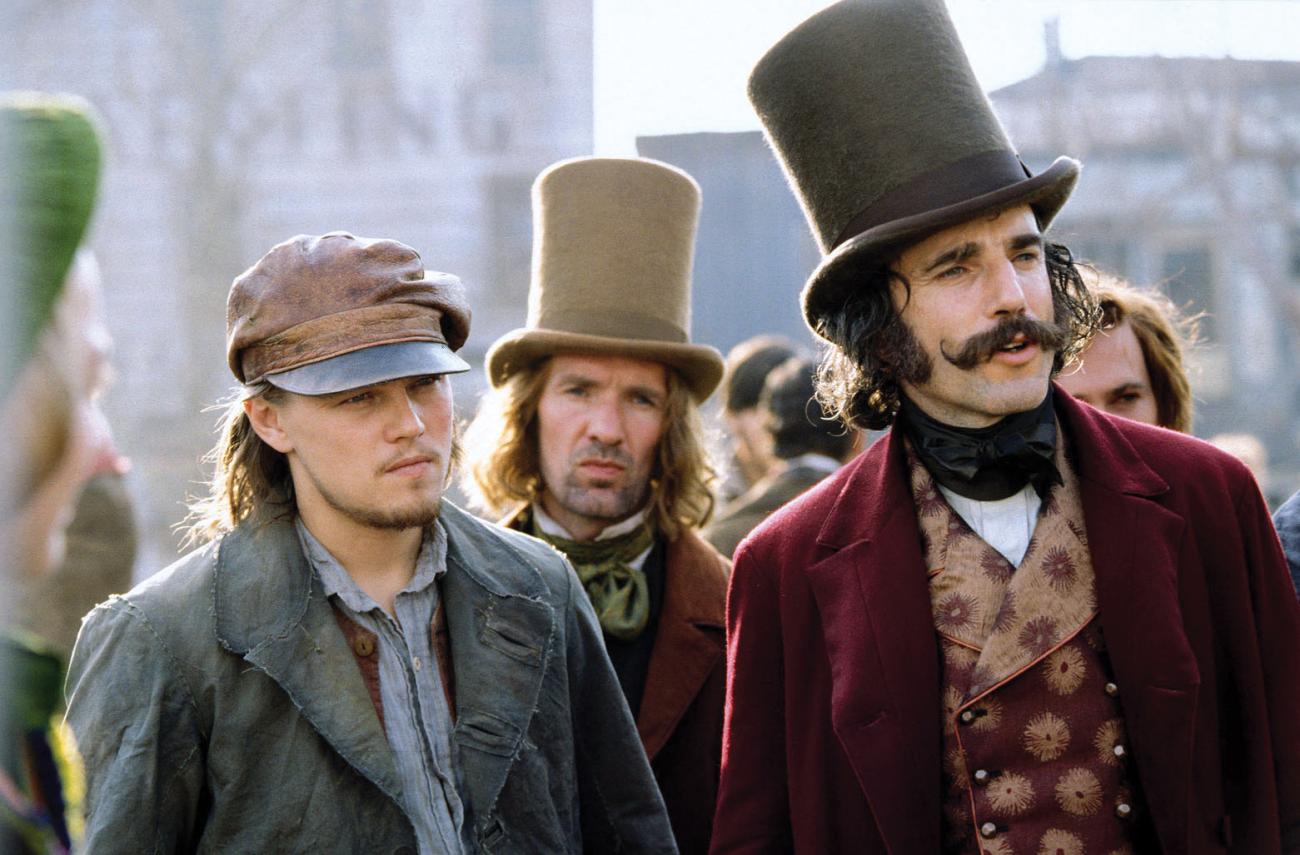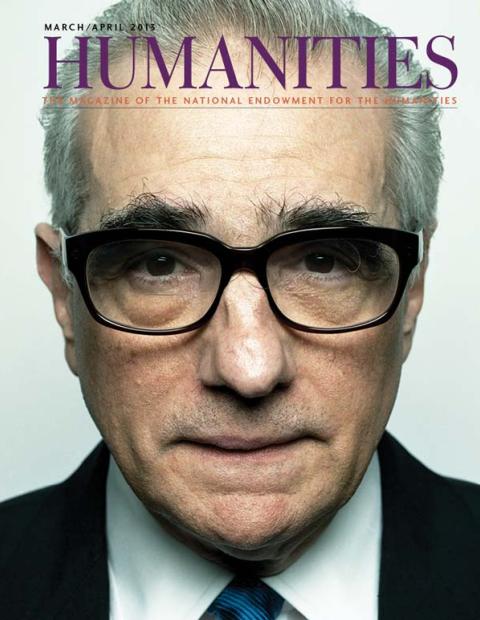Boxcar Bertha (1972)
Under Roger Corman’s frugal production eye, Martin Scorsese turned physician, social activist, and Emma Goldman paramour Ben Reitman’s fictional 1937 memoir Sister of the Road—The Autobiography of Boxcar Bertha into a discount Bonnie and Clyde, with Barbara Hershey and David Carradine as Depression-era have-nots on an Arkansas crime spree. Roger Ebert’s 1972 review presciently praised Scorsese as “good with actors, good with his camera, and determined to take the grade-zilch exploitation film and bend it to his own vision.”
Mean Streets (1973)
Shot on a shoestring, primarily in Los Angeles, Mean Streets is a double-barreled valentine to Scorsese’s childhood Little Italy milieu and the movies that lured him behind the camera. The fatal chemistry between would-be wiseguys Johnny Boy (Robert De Niro) and Charlie (Harvey Keitel) evokes Hollywood Westerns of the forties. The pop soundtrack calls back to Kenneth Anger and to William A. Wellman’s social-realist The Public Enemy. But from a pre-credit invocation read by the director himself to a climactic confrontation the film is a 100-percent original and highly influential reboot of the American crime film.
Alice Doesn’t Live Here Anymore (1974)
Liberated from an unhappy marriage, aspiring jazz singer Alice Hyatt (Ellen Burstyn in an Oscar-winning performance) struggles to define herself as a single mother to her twelve-year-old son. Framed by an audacious Hollywood soundstage prologue and gilded with Scorsese’s dream-like, urgent camera moves, the backfence, blue-collar American Southwest of Alice blurs the borders between movie fantasy and documentary reality that Taxi Driver would subsequently erase. “We never intended it to be a feminist tract,” Scorsese recalled. “It was a film about self-responsibility and also about how people make the same mistakes over and over again.”
Taxi Driver (1976)
De Niro is the ultimate outcaset—cabbie Travis Bickle—searching for a moment of clarity or a personal connection in decaying pre-Koch Manhattan. Storied film composer Bernard Herrmann contributed one of his most memorable scores (and his last—the sixty-four-year-old died in his sleep just hours after the final mixing session). The film’s climactic shootout, staged in a derelict brownstone gutted to accommodate a haunting “God’s eye view” camera coda, initially received an X rating for violence before Scorsese had the bloodbath’s color values reprinted to appear less representational—though ultimately no less shocking.
New York, New York (1977)
A star-crossed romance between musicians De Niro and Liza Minnelli, the film matched the realistic tempos of a John Cassavetes drama to an elaborately vintage Manhattan. Cut by more than two hours prior to its release, the audacious gamble received lukewarm notices (“no more than a film buff’s essay on a pop-film form” sniffed the Times) and a weak box office. Scorsese called it a “10 million dollar home movie.” New York, New York is increasingly appreciated as a spectacular hybrid and an example of the unchecked auteurism that ended the New Hollywood “Easy Riders” era.
The Last Waltz (1978)
Seamlessly blending a one-night dream bill of concert performance with interviews, The Last Waltz documented musical road warriors and Bob Dylan collaborators The Band’s exit from touring life with genuine affection. Rolling Stone’s Robert Palmer wrote that Robbie Robertson, Levon Helm, and company “threw a party instead of a wake, got to do some of their favorite songs one last time with their favorite artists and friends, and captured the whole thing for their grandchildren. How many other rock & roll bands have been able to say as much?”
Raging Bull (1980)
A medievally dark vision of twentieth-century fame, fortune, and family gone catastrophically wrong, Raging Bull assaulted the sports biopic and the rags-to-riches American Dream cliché with the same feral intensity that earned Jake LaMotta the nickname behind the title. Built around a series of extravagantly violent, ingeniously choreographed individual boxing bouts and anchored by De Niro’s physical transformation from middle-weight champ to middle-aged has-been, the film earned Oscars for De Niro (whose uncredited humanizing script contributions were the film’s secret weapon) and editor Thelma Schoonmaker, who would edit each of Scorsese’s subsequent features.
The King of Comedy (1983)
A commercial dud and critical split decision on first release, Scorsese’s manic meditation on celebrity worship has grown more relevant with each decade. “I didn’t get it,” the director said of his early seventies encounter with Paul D. Zimmerman’s original script. When the film was made a decade later with Jerry Lewis as talk-show host Jerry Langford, De Niro as would-be comedian and super fan Rupert Pupkin, and Sandra Bernhard as Rupert’s unhinged accomplice, John Lennon had been assassinated and Scorsese had tasted the bitter side of mass appreciation. The King, wrote The Independent, in a 1993 obituary for Zimmerman, “is more and more being seen as one of the key American movies of its decade.”
The Color of Money (1986)
Completed a day ahead of schedule and a million dollars under budget, The Color of Money was a much-needed mainstream hit for a director increasingly seen as an outsider in Hollywood. Picking up twenty-five years after Walter Tevis’s novel and Robert Rossen’s revered film The Hustler left off, pool shark “Fast Eddie” Felson (Paul Newman reprising his role from the previous film) mentors, then challenges, a cocky young pool hall phenom named Vincent (Tom Cruise on the threshold of superstardom). “The corruption of the younger person is really what I was interested in,” Scorsese said. Newman’s personal commitment to the film, including overseeing Richard Price’s script adaptation and insisting on two full weeks of off-set rehearsals, was rewarded with an Oscar for his performance.
The Last Temptation of Christ (1989)
In hindsight, this long-gestating adaptation of Nikos Kazanzakis’s speculative life of Christ benefited greatly from production delays. Fallow months and years enabled Scorsese and film critic-turned-screenwriter Jay Cocks (uncredited) to finely hone Paul Schrader’s script. Actor Aiden Quinn’s departure opened the door for Willem Dafoe’s extraordinary physical and emotional embodiment of Jesus. Abandoning Israel for less expensive and more exotic Moroccan locations proved sympathetic to the film’s examination of the supernatural underpinnings of faith. Though overshadowed by controversy, Last Temptation remains the single most compassionate dramatization of Christ’s life since Pasolini’s The Gospel According to St. Matthew.
Goodfellas (1990)
A cinematic wedding cake celebrating the dark marriage of capitalism, camaraderie, and crime, Goodfellas contains more bravura set pieces and oft-quoted lines than almost any film in Scorsese’s career. Charting mobster Henry Hill from childhood to eventual arrest and betrayal of his crew, Scorsese leads the audience through an addictive underworld fresco where homicidal tantrums, lethal bonhomie, and ink-black humor are the norm. Filmmakers from Spike Lee to Paul Thomas Anderson have imitated the film’s ambitious tracking shots, but no one has topped its reel-long film-within-a-film symphony of paranoia depicting an eventful morning of coke dealing, surveillance, and spaghetti sauce preparation.
Cape Fear (1991)
Scorsese’s remake of J. Lee Thompson’s 1962 potboiler added layers of dysfunction to husband and lawyer Nick Nolte, wife Jessica Lange, and daughter Juliette Lewis’s besieged family. As avenging ex-con Max Cady, De Niro transformed himself via strict exercise and carefully applied tattoo makeup while taking his physical cues from careful observation of snakes in motion. Scorsese’s first wide-screen film was also his first collaboration with longtime friend Steven Speilberg, who produced. And the film marked a posthumous reunion with composer Bernard Herrmann whose original 1962 Cape Fear score was reconducted by Elmer Bernstein.
The Age of Innocence (1993)
In Edith Wharton’s tragedy of manners, the bonds between an engaged society couple May Welland and Newland Archer (Winona Ryder and Daniel Day-Lewis) are threatened by the appearance of May ’s unhappily married cousin (Michelle Pfeiffer). Scorsese’s depiction of a forbidden love triangle X-rayed the rules of Edwardian WASP privilege as trenchantly as the director had previously revealed the rituals of criminal obsession. A critical success and box office failure, The Age of Innocence bears a dedication to Scorsese’s father, Charles. “While making the film I was thinking very much about my father’s sense of obligation and responsibility,” the director said.
Casino (1995)
From a masterful opening-credit sequence created by Alfred Hitchcock and Otto Preminger veteran Saul Bass to a bittersweet denouement celebrating survival while mourning Las Vegas’s (and, by extension, America’s) move to family-friendly safety and corporate control, Casino unspools like an ultraviolent rendering of the Book of Job. De Niro’s “Ace” Rothstein and Joe Pesci’s Nicky Santoro were based on actual Chicago mobsters: gambling impresario Frank Rosenthal and enforcer Anthony “the Ant” Spilotro. Like Henry Hill and company ’s exploits in Goodfellas, the fact-based drama of Casino was documented by author Nicholas Pileggi and adapted by Pileggi and Scorsese.
Bringing Out the Dead (1999)
While Travis Bickle’s nocturnal searching in Taxi Driver evoked Dostoevsky’s Notes From Underground, EMT Frank Pierce’s (Nicolas Cage) victim-haunted view through the windshield suggests an ambulance-driving Holden Caulfield from Catcher in the Rye. Seen now, a gorgeous hallucinatory beat late in Bringing Out the Dead, which mates a drug dealer’s fate with surprise nighttime fireworks, plays like a requiem for a city whose forbidden margins would all but vanish in the face of Giuliani-era law and order.
Gangs of New York (2002)
Scorsese had sought for two decades to bring Herbert Asbury’s 1928 book to the screen. Initially conceived as a vehicle for Robert De Niro (with The Clash at one point slated to provide a musical score), the sprawling depiction of 1860s Manhattan’s “tribal chaos” was led by Daniel Day-Lewis and Leonardo DiCaprio (in the first of five and counting collaborations with the director). But the 360-degree view of downtown’s infamous Five Points neighborhood that production designer Dante Ferretti recreated on the Cinecitta Studios back lot in Rome is arguably the film’s star.
The Aviator (2004)
Howard Hughes’s passion for flying and for life is brought low by mental illness in this subtle critique of American greed and anxiety. Narrowing the scope to Hughes’s Hollywood years allowed Scorsese to interpret the billionaire eccentric’s triumphs, tragedies, and romances (led by Cate Blanchett’s Oscar-winning take on Katharine Hepburn) in the simulated vintage hues of two- and three-strip Technicolor. The film’s many flying sequences were largely accomplished using scale-model miniatures, a choice that pays off spectacularly in a harrowing sequence depicting an ill-fated test flight over Beverly Hills.
The Departed (2006)
A box-office and awards night hit, earning Scorsese’s long overdue Best Director Oscar, The Departed transplanted Andrew Lau and Alan Mak’s modern cops vs. triad gangs film, Internal Affairs, from Hong Kong to South Boston. Ruthless Irish mobster Frank Costello’s (Jack Nicholson) protégé Colin Sullivan (Matt Damon) is groomed to be a mole within the police, while Billy Costigan (Leonardo DiCaprio) is tasked with infiltrating Costello’s mob on behalf of the law. “It’s all betrayal,” Scorsese said of the film’s intricate checkerboard of shifting allegiances, bluffs, revelations, and executions.
Shutter Island (2010)
What begins as a police procedural with U.S. marshals played by Leonardo DiCaprio and Mark Ruffalo interviewing inmates in a 1950s island mental hospital gradually morphs into a tense, shocking, and ultimately heartbreaking examination of the corrosive power of guilt. While Hitchcock parallels abound, the slippery point of view and the film’s ebbing adherence to genre plot mechanics suggest an ambitious updating of the horror films of Jacques Tourneur and the other directors working with RKO B-film producer-auteur Val Lewton.
Hugo (2011)
Brian Selznick’s graphic-novel hybrid provided an appropriately eye-popping basis for Scorsese’s first foray into stereoscopic three-dimensional filmmaking and a clever means by which to remind family audiences of the importance of cinema conservation. In post-WWI Paris, the orphan Hugo (Asa Butterfield) tends to the clocks in the city ’s central rail station and eludes capture from an embittered station master while trying to solve the puzzle of an automaton that is the sole tangible legacy from his clock-maker father (Jude Law). Unraveling the mystery ultimately leads to an encounter with the life and work of silent-film pioneer Georges Méliès.

